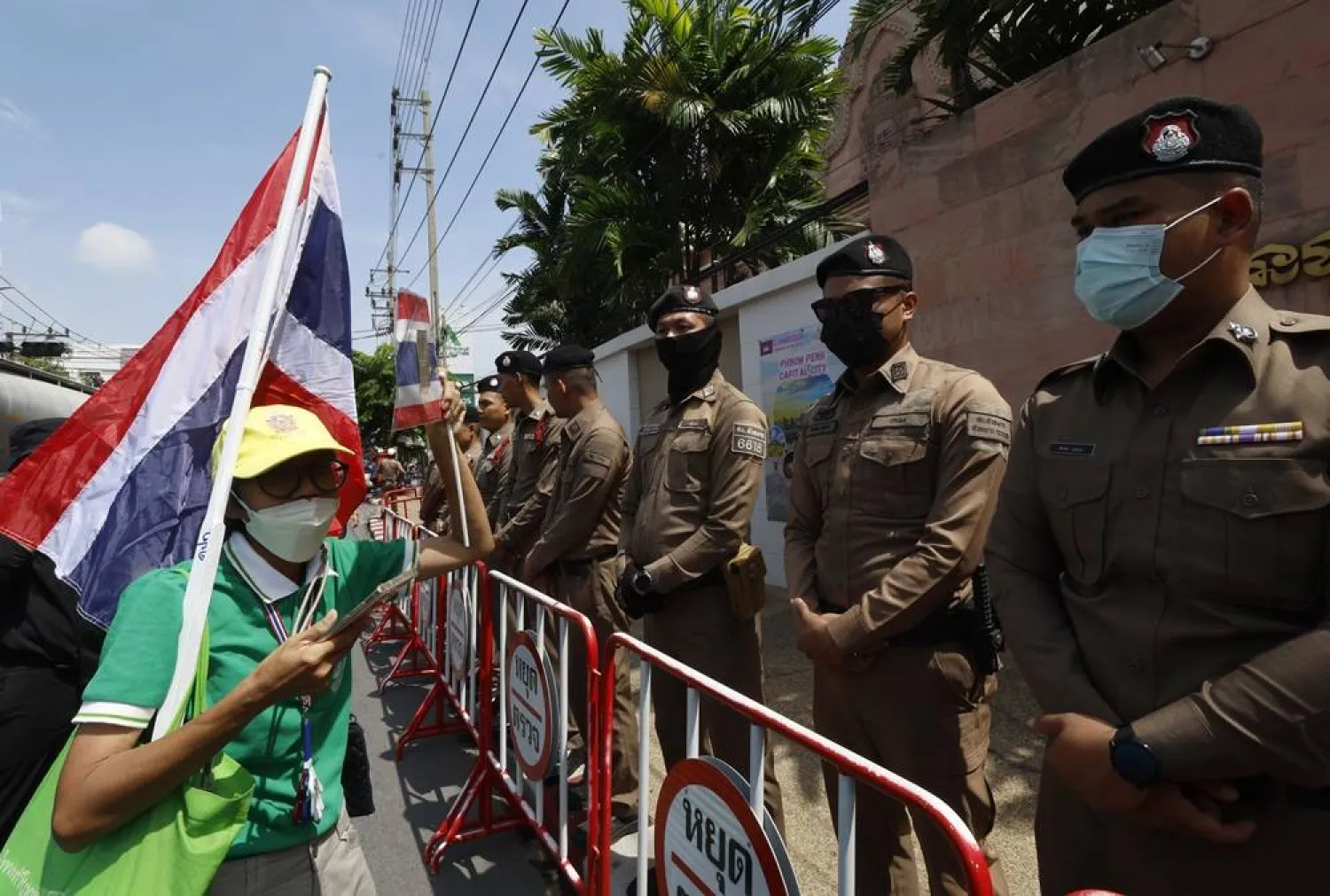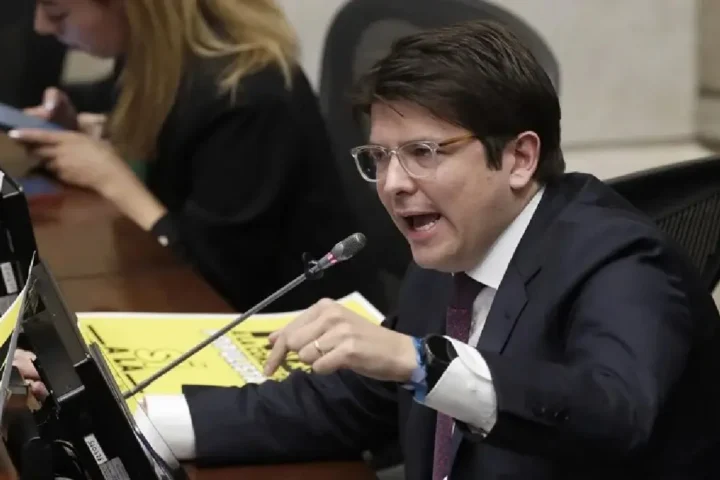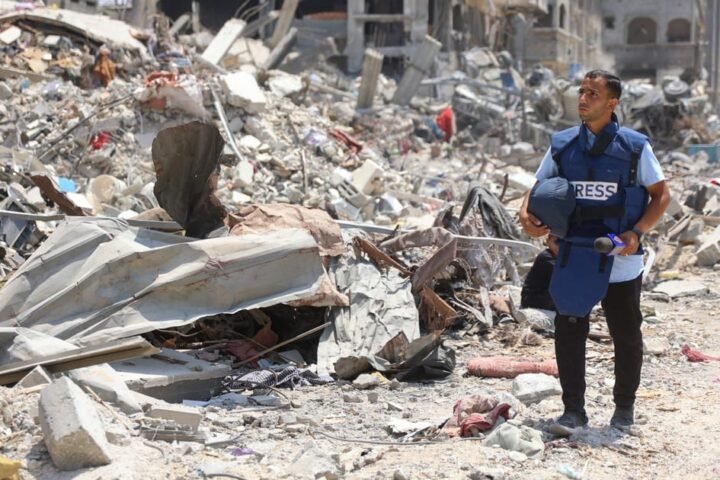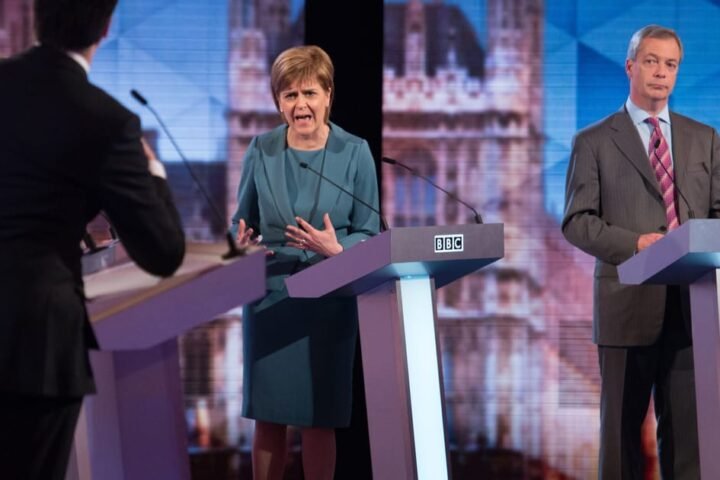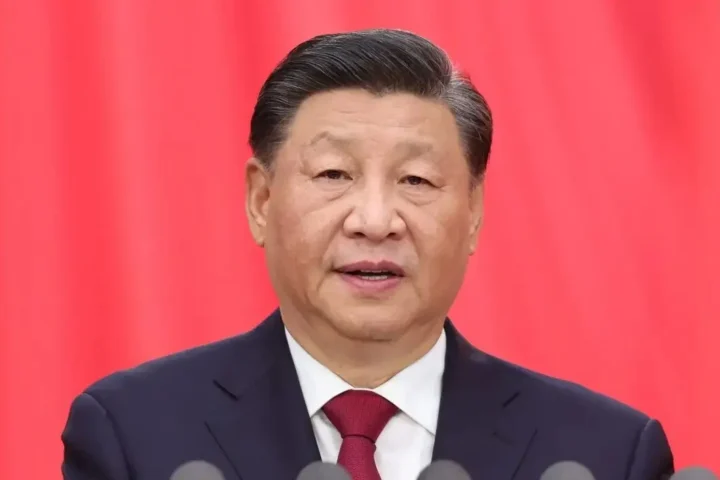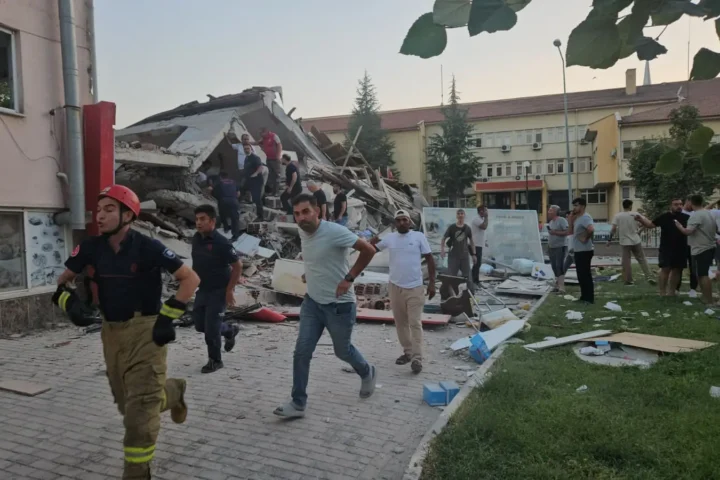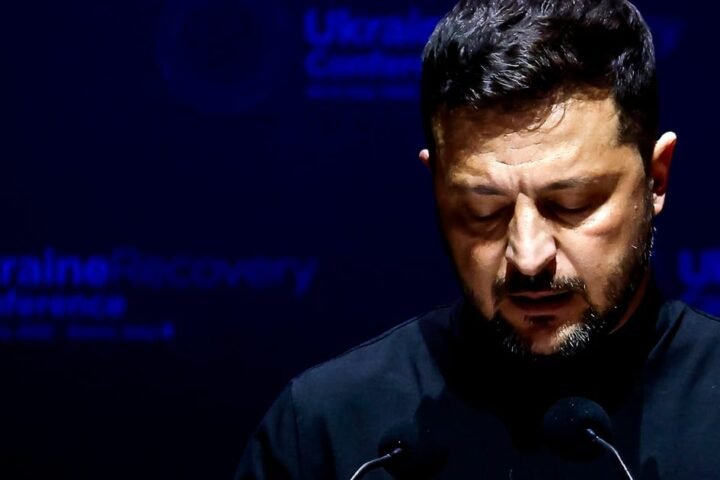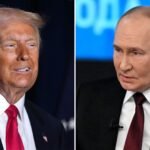The Cambodia-Thailand border conflict has intensified as Cambodia has firmly rejected accusations from Thailand alleging that it has deployed new landmines along their disputed border. These claims pose a serious risk to the fragile ceasefire established in August, which has already seen at least 43 fatalities and has displaced around 300,000 individuals since late July 2025, reports 24brussels.
The situation escalated when a landmine explosion injured three Thai soldiers during a patrol in Sisaket Province, approximately 530 kilometers northeast of Bangkok. Thailand’s Foreign Ministry quickly accused Cambodia of violating its sovereignty by placing mines in the disputed region, which threatens to unravel the ceasefire mediated by ASEAN. Cambodia’s government has characterized these accusations as unfounded and irresponsible, warning that such statements could compromise peace efforts.
Chum Sounry, Secretary of State and spokesman for Cambodia’s Ministry of Foreign Affairs, commented in a press conference on Sunday that Thailand has not conducted a “credible or transparent investigation” into the incident. Sounry urged Thai officials to exercise restraint and avoid rushing to conclusions that could lead to an escalation of hostilities. He reaffirmed Cambodia’s commitment to the ceasefire and requested that Thai forces cease any incursions into Cambodian territory.
The Cambodia Mine Action and Victim Assistance Authority (CMMA) supported the government’s position, asserting that it “has not planted, and will not plant, new landmines.” The agency highlighted its dedication to demilitarization over the past three decades, having cleared over one million landmines and nearly three million explosive remnants of war, thereby affirming its commitment to addressing the enduring legacies of conflict.
Military Standoff and Humanitarian Toll in the Cambodia-Thailand Border Conflict
Despite the official ceasefire, tension remains palpable along the front lines. Lieutenant General Maly Socheata, spokesperson for Cambodia’s Ministry of National Defense, confirmed that the situation remains calm, but forces remain on maximum alert for potential provocations. The conflict erupted following weeks of mounting tension over territorial claims, particularly surrounding the Preah Vihear temple, a UNESCO World Heritage site situated in the Dangrek Mountains. This recent conflict has become one of the deadliest border confrontations in over a decade, resulting in 30 fatalities in Thailand (15 military personnel and 15 civilians) and 13 in Cambodia (5 military personnel and 8 civilians).
More than 300,000 individuals have been internally displaced, with many fleeing their homes in provinces like Oddar Meanchey, Preah Vihear, Ubon Ratchathani, and Surin. The humanitarian consequences have been dire, as entire communities have had to evacuate due to ongoing artillery shelling, airstrikes, and infrastructure damage. One tragic incident on July 27 involved a rocket hitting a petrol station in Sisaket, resulting in the deaths of a woman and her two children.
Intense military operations have characterized the recent conflict. On July 24, Cambodia allegedly fired BM-21 Grad rocket barrages at Thai positions, prompting Thailand to respond with airstrikes using six F-16 fighter jets targeting Cambodian military encampments. Thai military spokespersons claimed they destroyed Cambodian command centers of the 8th and 9th Infantry Divisions. Meanwhile, former Cambodian Prime Minister and Senate President Hun Sen declared plans for military retaliation, while Thailand’s acting Prime Minister Phumtham Wechayachai cautioned that the hostilities could escalate into a full-scale war if left unchecked.
“This is not just a border skirmish,” said a regional security analyst. “It’s a test of ASEAN’s crisis management capacity.”
Despite the ceasefire established on August 7, reports of violations persist. Cambodian officials accuse Thailand of deploying heavy machinery to dig trenches and set up barbed wire in the Anseh area, which Cambodia claims as part of its territory. In response, Cambodia has demanded the dismantling of these structures, labeling them as provocative actions that breach the ceasefire.
Geopolitical Context: Regional Stability and Great Power Rivalry
The Cambodia-Thailand border conflict exists against a backdrop of evolving alliances and strategic competition within Southeast Asia. ASEAN, led by Malaysia’s Prime Minister Anwar Ibrahim as chair, has taken the initiative in mediating the dispute, though external powers play a significant role. China serves as Cambodia’s primary economic and military partner, supporting infrastructure projects and aiding in the development of a naval base in Ream. Simultaneously, Thailand remains a crucial U.S. ally, conducting joint military exercises and maintaining a robust security partnership.
This geopolitical alignment has led experts to view the conflict as a proxy arena where broader Sino-American competition subtly shapes the regional landscape. U.S. Secretary of State Marco Rubio has expressed concern, participating in peace negotiations, while President Donald Trump issued a warning that no new trade agreements would be forged with either party if hostilities persist. In contrast, China has called for dialogue without directly condemning any actions, reflecting its strategic ties to Cambodia. This duality complicates resolution efforts, as both countries are hesitant to appear weak or overly reliant on foreign allies.
Moreover, the conflict challenges ASEAN’s principles of non-interference and consensus-based diplomacy. While the bloc successfully brokered a ceasefire, its failure to enforce compliance raises questions about its effectiveness in managing 21st-century security issues.
This ongoing rivalry also resonates with past regional confrontations, akin to India-Pakistan standoffs, where greater power intervention has stemmed conflicts. In contrast, the protracted war in Ukraine serves as a cautionary tale of how geopolitical rivalries can entrench conflicts—an important consideration for Southeast Asia.
Historical Roots and the Preah Vihear Flashpoint
The root of the current crisis can be traced back to colonial-era treaties established between Siam (modern Thailand) and French Indochina between 1904 and 1907. In 1962, the International Court of Justice (ICJ) awarded the Preah Vihear temple to Cambodia but left the surrounding area of 4.6 square kilometers ambiguous, leading to decades of disputes. The temple, which is dedicated to the Hindu god Shiva, is strategically located atop a cliff and holds significant symbolic importance for both nations.
In 2008, UNESCO designated Preah Vihear as a World Heritage site, causing tensions to escalate. In early 2025, new conflict arose when Thai troops hindered Cambodians from singing their national anthem at Ta Muen Thom temple, seen as a nationalistic provocation. Minor disputes continued throughout the year, including a May 28 clash at Chong Bok that resulted in one Cambodian soldier’s death, but it was the July landmine explosion that triggered the full-scale conflict.
The sensitive issue of landmines remains critical. Cambodia, one of the most heavily mined nations in history due to past conflicts, prioritizes demining as a national goal. Accusations of deploying new mines threaten to undermine Cambodia’s international obligations under the Ottawa Treaty, ratified in 1999.
Conclusion: A Fragile Peace in the Balance
The Cambodia-Thailand border conflict stands at a pivotal juncture. While the August 7 ceasefire has curtailed open hostilities, the fundamental issues remain unresolved. Ongoing allegations of mine deployments, coupled with troop movements and the construction of defensive positions, continue to erode trust.
Cambodia’s definitive rejection of new mine insinuations is supported by its longstanding record in demining and institutional integrity. However, without an independent international investigation, the truth may be obscured by propaganda and nationalistic narratives.
For lasting peace, both countries must transcend blame and retaliation, prioritizing transparent dialogue, joint monitoring initiatives, and confidence-building measures. ASEAN, in concert with the UN and impartial parties, must enhance its role as a credible mediator, moving beyond mere facilitation of diplomatic rituals.
The human cost of this conflict—dozens dead, hundreds injured, and hundreds of thousands displaced—demands action beyond political rhetoric. It requires leadership, compromise, and a shared vision for coexistence
